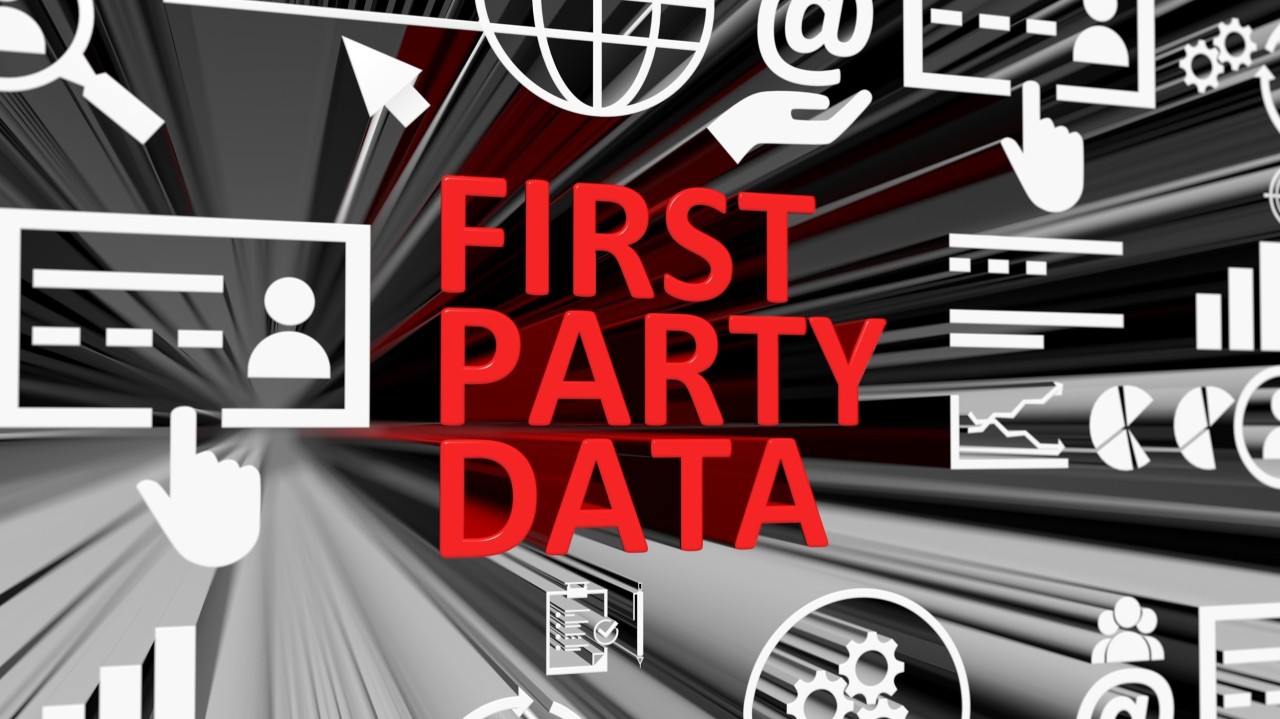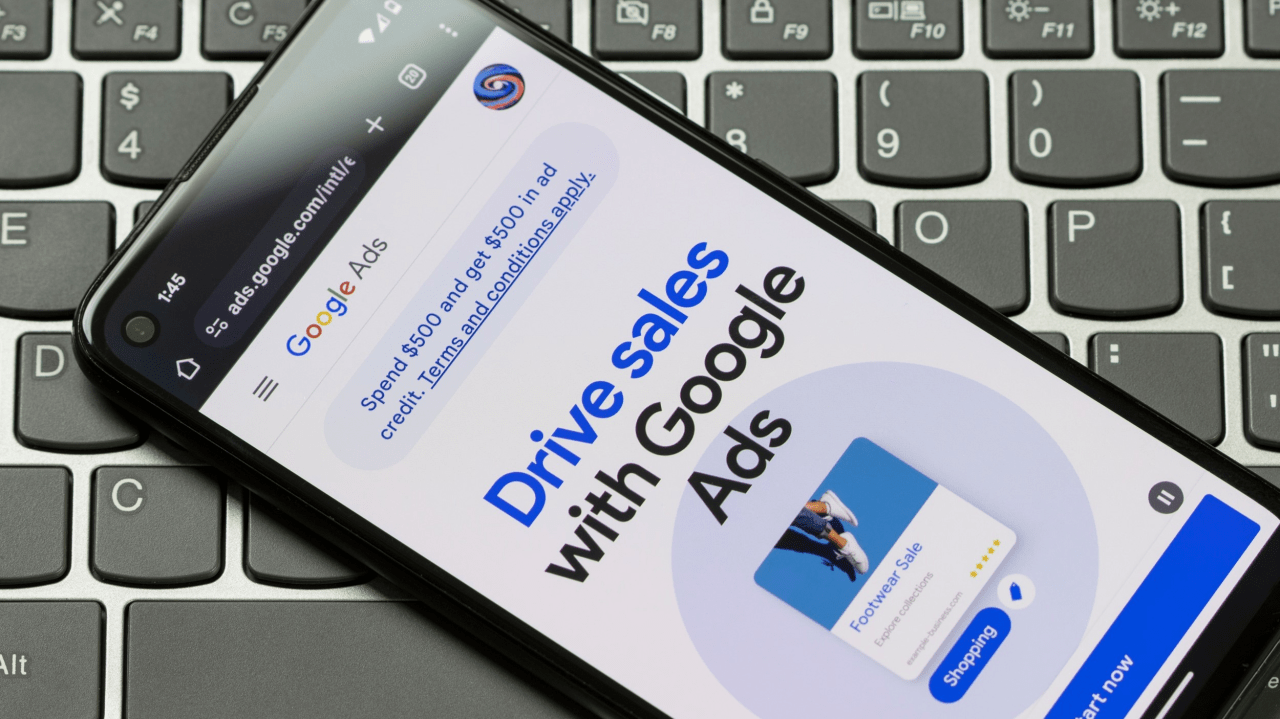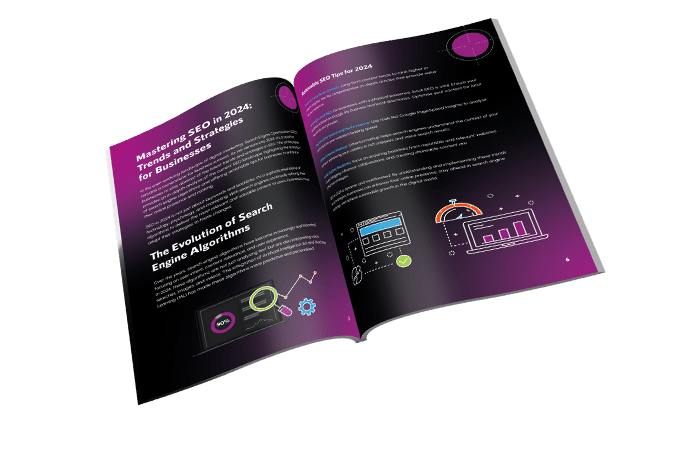News
Get your head around Psychology in Marketing – Part 2, Tactics Explained in Real Life
In the constantly evolving world of design, staying up-to-date with the latest trends and finding sources of creative inspiration is crucial for designers, businesses, and marketers alike.
Whether you’re designing a new logo, creating a website, or developing a marketing campaign, keeping abreast of the latest design trends can help you create more effective and engaging visual content.
In this article, we’ll explore some of the top design trends and sources of creative inspiration in the UK, as well as some statistics to help guide your design decisions.
Design Trends in the UK
The UK design industry is thriving, with a range of talented designers and agencies producing innovative and inspiring work. In recent years, there has been a shift towards more minimal and simple design styles, with a focus on clean lines, bold typography, and negative space. This trend is reflected in the popularity of flat design, which eschews gradients and shadows in favour of simple, two-dimensional elements.
Another popular trend in the UK is the use of vibrant, eye-catching colours, often used in bold and unexpected combinations.
In terms of typography, the use of sans-serif fonts continues to be popular, with many designers opting for simple, modern typefaces such as Helvetica and Arial. However, there has also been a resurgence of interest in serif fonts, particularly in digital design, with designers using traditional typefaces such as Times New Roman and Georgia in creative and unexpected ways.
In terms of web design, the use of mobile-responsive design is now a must-have for any website, with over 80% of UK internet users accessing the web via their mobile devices. The use of animations and interactive elements in web design is also on the rise, with many designers using these techniques to create more engaging and interactive user experiences.
Sources of Creative Inspiration
Staying inspired and finding new sources of creative inspiration can be a challenge, but there are a number of resources available to UK designers that can help spark creativity and generate new ideas.
One of the top sources of creative inspiration for UK designers is D&AD, a non-profit organisation that celebrates and supports the design industry through a range of events, workshops, and awards. D&AD’s annual awards show is one of the most prestigious in the industry, showcasing the best in design and advertising from around the world.
Another great source of inspiration is Creative Review, a UK-based magazine that covers the latest trends in design, advertising, and visual culture. The magazine features interviews with leading designers and creatives, as well as in-depth analysis of the latest design trends and techniques.
Social media is also a valuable source of creative inspiration, with platforms such as Instagram and Pinterest providing a wealth of visual content and design inspiration. Many designers also use social media to showcase their own work and connect with other designers and creatives.
UK Design Statistics
To guide your design decisions and ensure that your work is in line with the latest trends, it’s important to stay up-to-date with the latest design statistics.
Here are a few key statistics related to design in the UK:
- The UK design industry is worth £72 billion, with over 3 million people working in the sector.
- According to a survey by Adobe, 67% of UK creatives believe that design-driven businesses are more successful than their competitors.
- Mobile devices now account for over 50% of all website traffic in the UK.
- In a survey of UK businesses, 77% said that branding is critical to their success.
- Over 70% of UK consumers say that packaging design influences their purchasing decisions.
Staying inspired and up-to-date with the latest design trends is essential for designers and businesses in the UK. By keeping an eye on the latest trends and finding sources of creative inspiration such as D&AD, Creative Review, and social media, UK designers can stay ahead of the curve and create more effective and engaging visual content.
Additionally, by paying attention to design statistics, designers and businesses can make more informed decisions and ensure that their work is in line with consumer expectations and industry trends.





The Ultimate Social Media Guide
With the ever-growing power of social media, we use the latest techniques, video, and animation software to craft eye-catching social media assets that make your brand pop. Our designers, wielding Adobe Creative tools, create distinctive animations and graphics to illuminate your brand story and highlight your products or services. Want a unique design? No problem – we also offer bespoke designs to match your brand aesthetic.